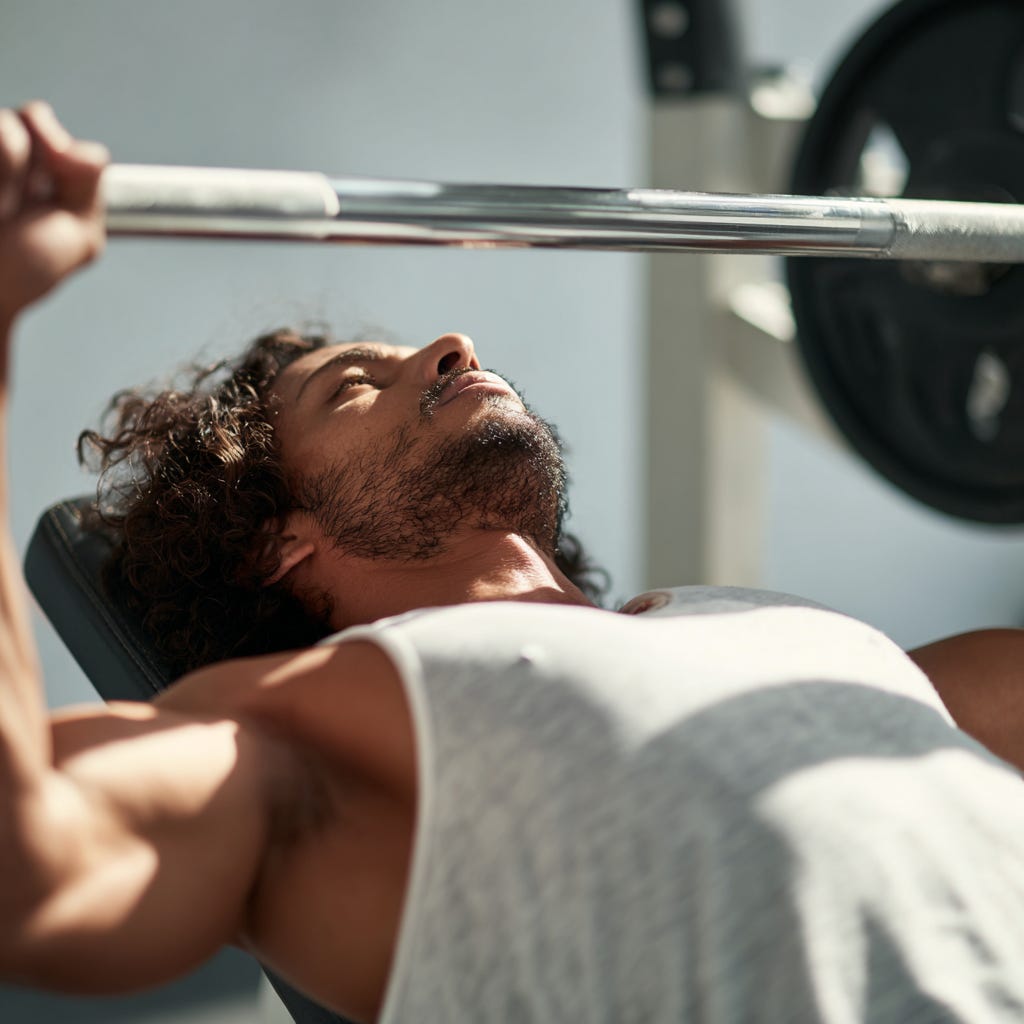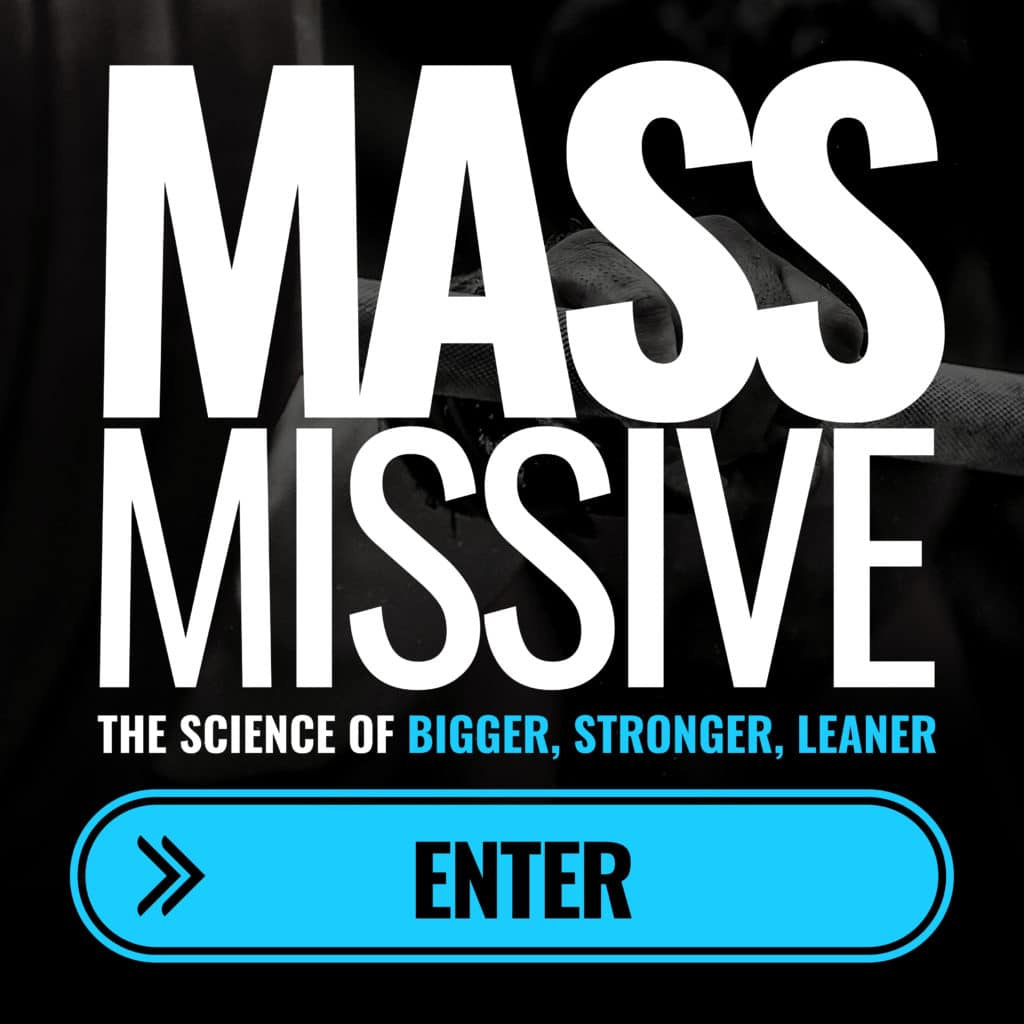Bench Pressing With Your Feet Up
Surprising effects of hip and knee flexion on upper body and core muscle engagement during the bench press.
Are you leaving gains on the table by how you set your feet during the bench press? Lifters often wonder if changing their body position during the bench press can help build muscle or improve core strength. This study directly compared muscle activation in the bench press with feet on the ground versus with hips and knees actively flexed (feet off the ground), giving us practical insights for anyone looking to get more out of this classic lift.
Key Points
Aim
To evaluate and compare the activation of several upper body and core muscles during the bench press performed:
With feet on the ground (standard position)
With active hip and knee flexion at 90° (feet off the ground)
Key Methods
Participants: 20 healthy, physically active young men (average age ~23 years), all with 4+ years of strength training experience.
Protocol:
All performed bench press at 60% of their one-rep max (1RM) in both positions.
Muscle activation was measured using surface electromyography (EMG) on the following muscles:
Pectoralis major (upper, middle, lower)
Anterior deltoid
Triceps brachii (medial head)
Forearm (flexor digitorum)
Rectus abdominis
External oblique
Rectus femoris (quadriceps)
Each participant did 8 reps per condition, with controlled tempo and random order.
Results
Muscle Activation: Performing the bench press with hips and knees flexed (feet off the ground) led to significantly higher activation in all measured muscles compared to the traditional feet-on-the-ground position.
Biggest Differences:
Rectus femoris (quadriceps): Activation increased dramatically (from ~10 mV to ~82 mV).
External oblique & rectus abdominis: Core muscles saw strong increases.
Pectoralis major (all portions), anterior deltoid, triceps, and forearm: All showed moderate but significant increases in activation.
Effect Sizes: Most differences were moderate to large, especially for the core and hip flexors.









